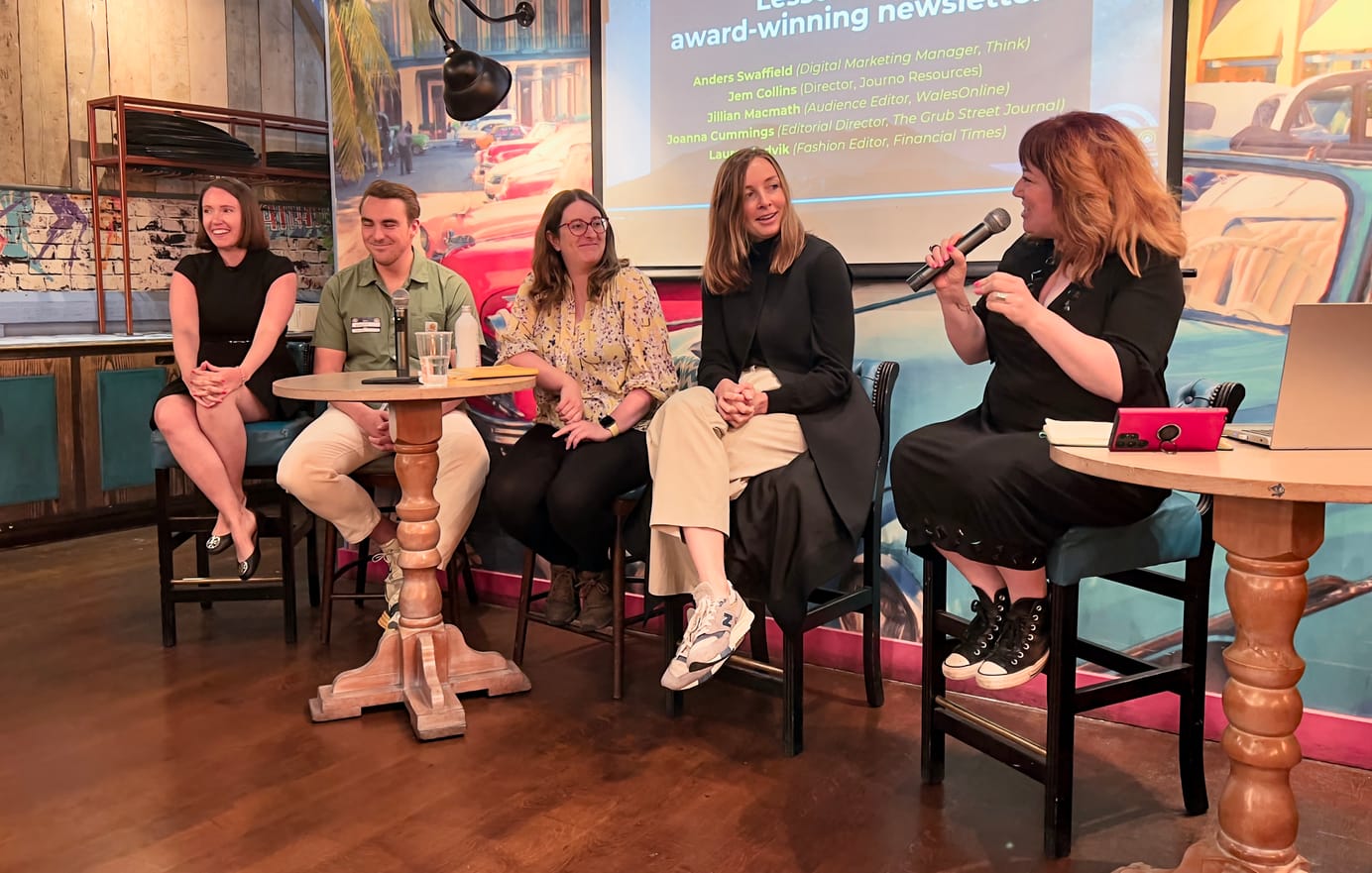
An engaged newsletter audience is better than a big one
Newsletters are a great way of reaching readers — but they're granting your access to their in-boxes. Don't abuse that.
UPDATE: 8th June 2021. Apple just made a major announcement that changes some aspects of this post. From late 2021 Apple email clients will no longer allow open rate tracking.
Om Malik on rethinking his newsletter:
I don’t have anything to sell — my reward for writing and sharing is your time and attention. If I find that you have not read the last dozen emails sent to your inbox, I will assume you are not keen on what I have to say. You will automatically be unsubscribed. I am not interested in building the biggest community — only one that is thoughtful and engaged.
While the first clause isn't true for me here — you can subscribe for extra content — the rest of it very much matches my philosophy. Inactive subscribers do get unsubscribed. I don't want to be cluttering up the in-boxes of people who really aren't particularly interested in what I have to say, and so, people who haven't opened emails in months do get quietly unsubscribed.
(It's worth noting that there's also a technical reason for doing that — too many unopened emails can lead some spam-filtering systems to decide that your newsletter is looking, well, spammy…)
In an age of information abundance, attention is precious. As long as people consider what I have to say worth their attention, I will be writing for them here is one form or another. But equally, I don't want to growth hack my way to big numbers, many of whom never care enough to open the email with any regularity.
Adding a newsletter changes your site
Delivering OM&HB as a newsletter after writing this damn site for 18 years has changed how I write it and think about it. Now it's a “push” medium (it comes to you), I spend more time thinking “how does this serve my readers?” than I used to. Back when the site was “just” a blog, I worried less about that. I wrote something interesting to me, and assumed people would share it around if they found it interesting.
By giving me their email and granting me access to their inbox, people — you — have trusted me with a regular sliver of their — your — attention. I think it behoves those of us producing newsletters to think very carefully about that. That's a big affirmation of trust I've been granted. I don't have to send every post on the site as an email; at the time of writing I'm of two minds about whether this will go out as one. I need to be sure that the emails I do sent will be ones that you'll be glad you got — and you they don't get annoyed that I excluded some posts from the emails, too.
Messy, human audiences

This is messy, complex, human stuff, but we're writing for humans, and so we need to pay attention to it. Audiences are diverse things, and sometimes creating an audience is a careful and delicate negotiation between creator and consumer about what the right balance of attention, time and content will be.
As the email in-box becomes a battleground for attention, anyone writing newsletters is going to have to think very hard about the value they are delivering, and the relationships they're building.
I occasionally drop an email to people who unsubscribe asking why — often the reason they give is just email overwhelm, and the assumption that they'll come across anything good I write in other ways. That's a fair call. Hard to argue with that. But equally, when people give very specific reasons, that can be invaluable, if not easy, feedback.
Refining your sense of audience
Thinking about open rates and unsubscribe rates can help you refine that sense of what works for people in their in-box. But it won't tell you everything. That why having that level of qualitative feedback is vital, too.
The two of them together will help you hone your sense of exactly what works in a newsletter, for the style of audience you are trying to reach.
That doesn't mean that you can't go on publishing things that don't seem to work in newsletters, just that you'll have to find other ways of getting attention to them. And that's harder work than it is in a “push” medium, as a certain former president of the United States just found out.
But that's fodder for another post.
Sign up for e-mail updates
Join the newsletter to receive the latest posts in your inbox.










